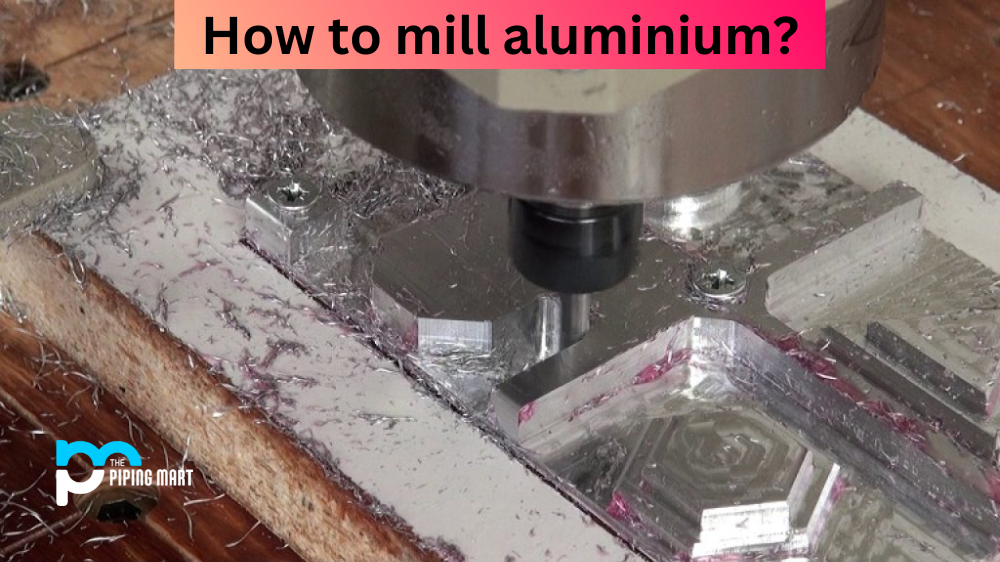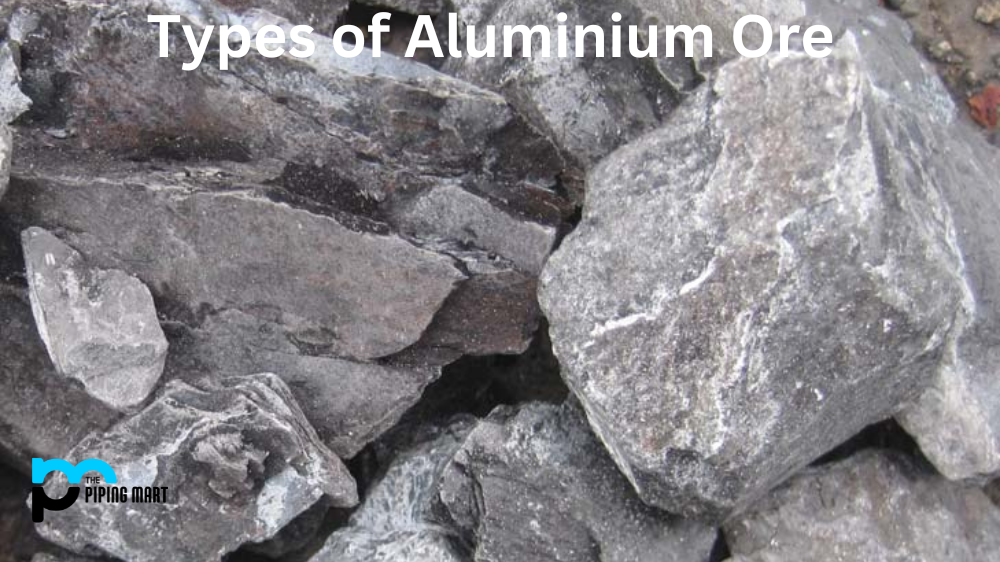Milling aluminium is a popular way to produce components for many projects. Aluminium is a strong, lightweight material that can be used in aerospace engineering, automotive manufacturing, and even electronics. Whether you are an experienced metalworker or just starting out with DIY projects, understanding how to mill aluminium is essential. Let’s take a look at the basics of milling aluminium and what you need to know before getting started.
What Is Milling?
Milling is a process used to shape materials by removing excess material from the surface. It’s done with the use of a cutting tool such as an end mill or drill bit that rotates rapidly against the workpiece. During this process, the cutting tool removes material from the workpiece until it achieves the desired size and shape. The result is a precise cut that can be used for anything from machining components to producing artwork.
Tools Required for Milling Aluminium
To mill aluminium successfully, you will need some basic tools, including a CNC machine or router, end mills, clamps or vices, coolant lubricants (such as oil or water-soluble lubricants), and safety equipment such as gloves and eye protection. It’s important to read up on any safety precautions before beginning your project, so you have all the right tools in place before getting started.
How To Mill Aluminium
Once your tools are in place, here are some tips on effectively milling aluminium:
Start off slow
When milling aluminium, it’s important not to rush through the process as errors can occur if you do so. Start off slowly with light passes before increasing speed when you are more comfortable with how your machine works.
Use coolant lubricants
Coolant lubricants help reduce friction between your cutting tool and workpiece, which helps increase accuracy while also reducing wear on both parts as well as heat generation from friction itself. Be sure to check your user guide for specific instructions on how much coolant should be used for each type of application.
Securely mount your workpiece
Make sure your workpiece is securely mounted so that it does not move during operation, which could lead to inaccuracies or even damage to both parts if not properly secured in place beforehand.
Conclusion:
Milling aluminium is an essential aspect of many manufacturing processes today, and understanding how it works can help make any project easier and more efficient than ever before! By using quality tools like CNC machines or routers coupled with coolant lubricants and careful mounting of pieces prior to operation, anyone can become an expert at milling aluminium quickly and safely! With these tips in mind, you should be well on your way towards mastering this important skill!

Pipingmart is a B2B portal that specializes in metal, industrial and piping items. Additionally, we share the latest information and information about materials, products and various types of grades to assist businesses that are involved in this business.




